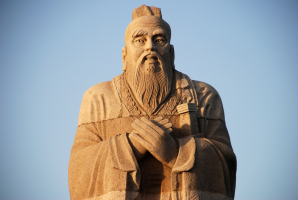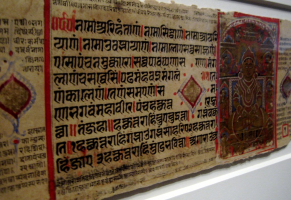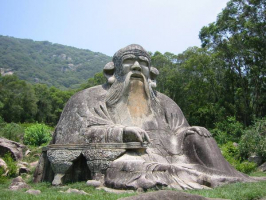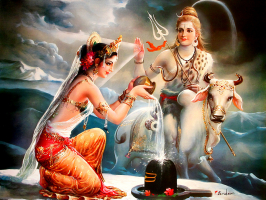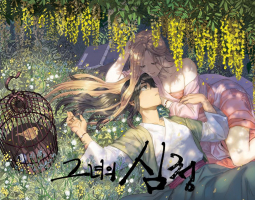Top 10 Most Sacred Texts of Hinduism
Hinduism is more than just temples and rituals. It includes amazing ancient texts with wisdom, exciting stories, and thought-provoking philosophies. These ... read more...sacred texts serve as guiding lights for millions of followers worldwide. Let’s peek into the most sacred texts of Hinduism and discover what makes them so special!
-
Considered among the most sacred texts of Hinduism, the Vedas are a collection of hymns, prayers, rituals, and philosophical teachings. These texts are believed to have been composed between 1500 BCE and 500 BCE, but their origins might date even further back. The word "Veda" originates from the Sanskrit word meaning "knowledge" or "wisdom."
Comprising four main texts—the Rig Veda, Sama Veda, Yajur Veda, and Atharva Veda—the Vedas are believed to have been passed down orally for generations before being written down. The Rig Veda is the oldest and contains hymns dedicated to various deities like Agni (fire), Indra (king of gods), and Varuna (god of cosmic order). The Sama Veda consists of melodies and chants derived from the Rigveda, set to music for religious ceremonies.
The Yajur Veda comprises rituals and mantras for performing ceremonies and sacrifices. It is divided into the Krishna Yajur Veda and the Shukla Yajur Veda, each offering distinct ways of performing ceremonies. The Atharva Veda delves into various subjects, including healing, magic, rituals, and everyday life. It contains incantations, charms, and spells used for both spiritual and practical purposes.
The Vedas hold immense spiritual and philosophical significance. They discuss the nature of reality, the cosmos, the gods, and the moral and ethical duties of individuals (dharma). They also emphasize the concept of "Brahman," the ultimate reality or universal principle underlying everything. Additionally, they form the basis for later Hindu scriptures and philosophies, including the Upanishads, which delve deeper into the nature of reality, the self, and the ultimate truth.
Link to buy: https://www.amazon.com/Vedas-Samhitas-Atharva-single-unabridged/dp/1541294718
Link to read: https://ia801308.us.archive.org/25/items/FourVedasEnglishTranslation/Four-Vedas-English-Translation.pdf
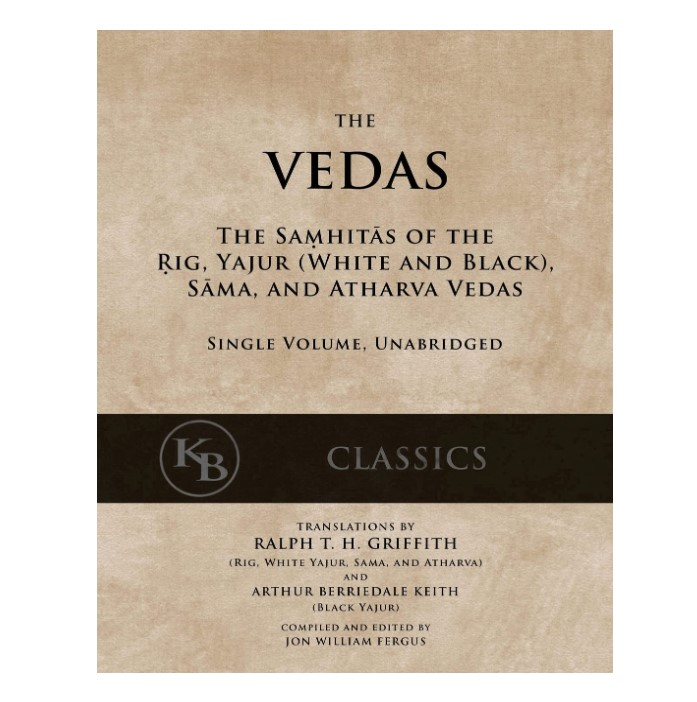
Screenshot of https://www.amazon.com/ 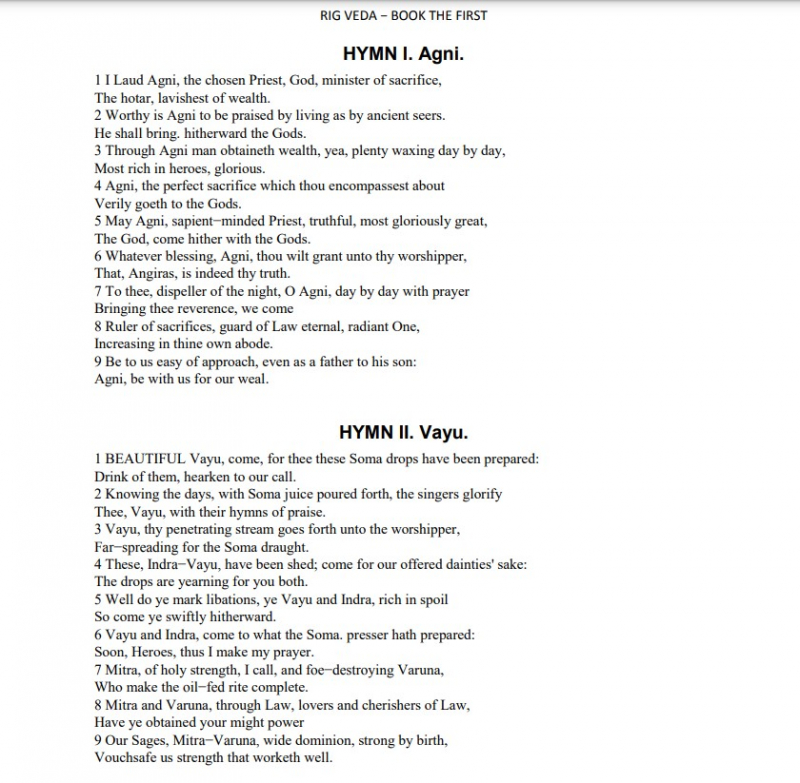
Screenshot of https://ia801308.us.archive.org/25/items/FourVedasEnglishTranslation/Four-Vedas-English-Translation.pdf -
The Upanishads, a profound segment within the ancient Vedic literature of Hinduism, are a collection of philosophical texts that explore the fundamental nature of reality, the self, and the ultimate truth known as Brahman. Derived from the Sanskrit word 'Upa-ni-shad,' which means "sitting down near," the Upanishads signify the intimate setting where Hindus would sit close to a revered teacher, engaging in discussions about spirituality and the divine.
The Upanishads examine profound questions about the nature of existence, the purpose of life, and the interconnectedness of all things. They discuss the concepts of Atman (the individual soul) and Brahman (the ultimate reality), stressing their essential oneness. Through dialogues and allegories, the Upanishads explore the path to self-realization and liberation (moksha) from the cycle of birth and death (samsara).
Around 200 Upanishads exist, but thirteen are considered primary. Each Upanishad is associated with a particular Veda and presents its own unique insights into spiritual truths. Among these, the Chandogya, Brihadaranyaka, and Katha Upanishads are some of the most well-known.
The teachings of the Upanishads greatly influenced various philosophical and spiritual traditions within and outside Hinduism. Even today, the Upanishads remain a source of contemplation and spiritual guidance. As one of the most sacred texts of Hinduism, their profound wisdom transcends time and cultural boundaries, inspiring seekers and philosophers worldwide.
Link to buy: https://www.amazon.com/Upanishads-2nd-Eknath-Easwaran/dp/1586380214
Link to read: https://sacred-texts.com/hin/sbe01/index.htm
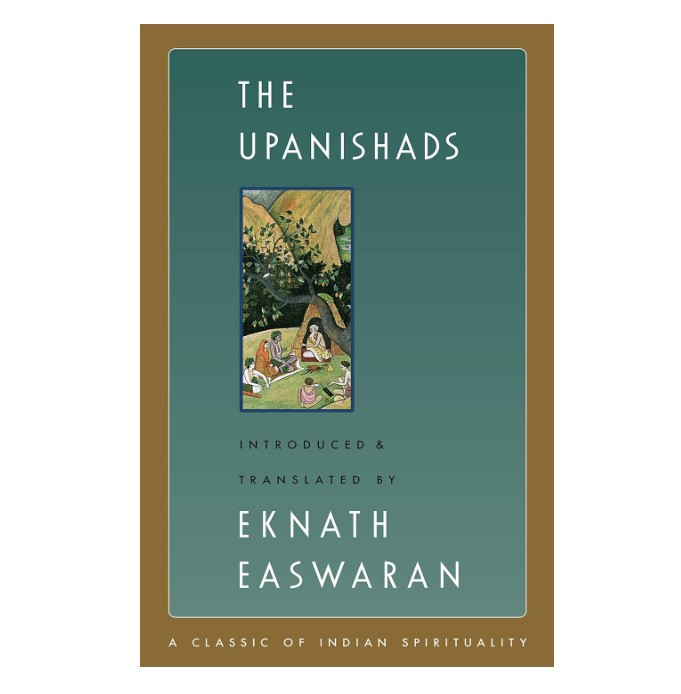
Screenshot of https://www.amazon.com/ 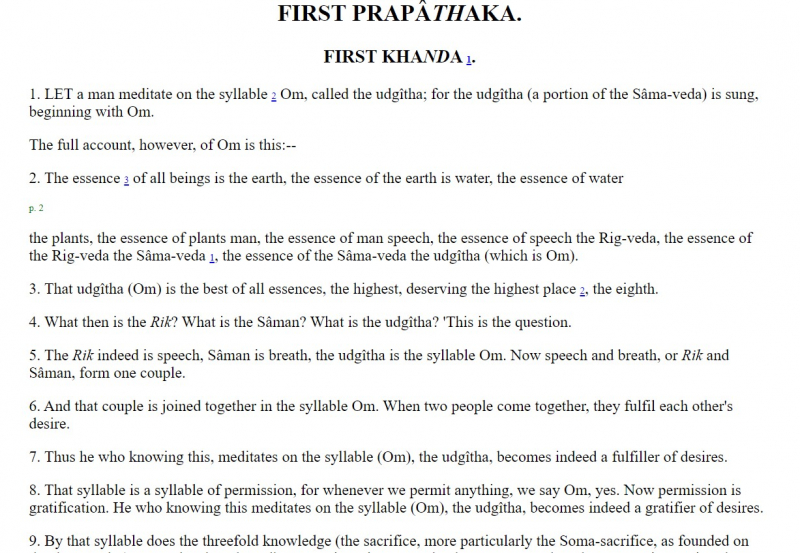
Screenshot of https://sacred-texts.com/hin/sbe01/index.htm -
The Bhagavad Gita, often referred to as the Gita, is a revered scripture in Hinduism that forms a significant part of the Indian epic, the Mahabharata. Composed in the form of a dialogue, the Gita is a conversation between Prince Arjuna and the Lord Krishna, who serves as his charioteer.
Set on the battlefield of Kurukshetra, the Gita occurs just before a great war is about to commence. Arjuna, torn by moral dilemmas, seeks guidance from Krishna, who serves as his charioteer and divine mentor. In response, Krishna imparts profound spiritual wisdom and helps address Arjuna's concerns. He provides insights into life, duty, and the nature of the self.
The Bhagavad Gita addresses various aspects of life, delving into the concepts of dharma (duty/righteousness), karma (action and its consequences), and yoga (paths to spiritual realization). It outlines different paths to attain spiritual fulfillment, including the paths of knowledge (jnana yoga), devotion (bhakti yoga), and disciplined action (karma yoga).
One of the Gita's central teachings is the importance of selfless action and devotion to God, emphasizing that individuals should perform their duties with dedication, without attachment to the results.
The Bhagavad Gita is renowned for its synthesis of various paths to spiritual realization, including the paths of devotion (bhakti), knowledge (jnana), and disciplined action (karma). It provides practical guidance for individuals seeking a balanced and purposeful life, integrating worldly responsibilities with spiritual awareness.
Link to buy: https://www.amazon.com/Bhagavad-Gita-2nd-Eknath-Easwaran/dp/1586380192
Link to read: https://www.holy-bhagavad-gita.org/index
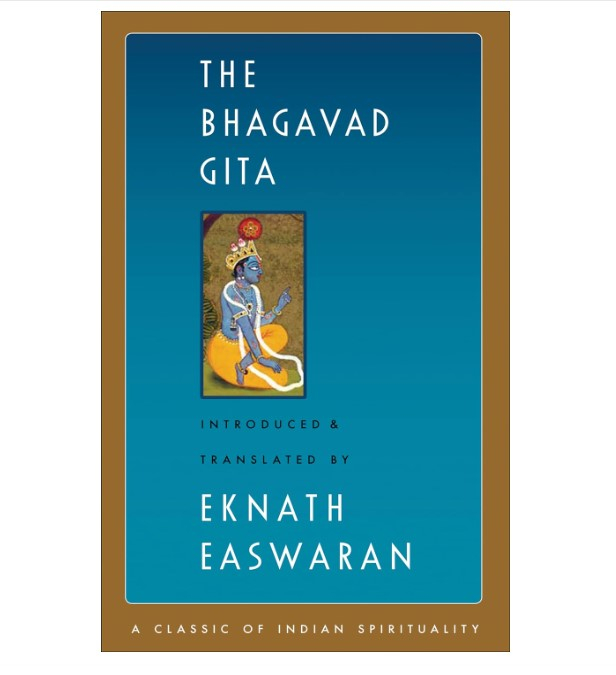
Screenshot of https://www.amazon.com/ 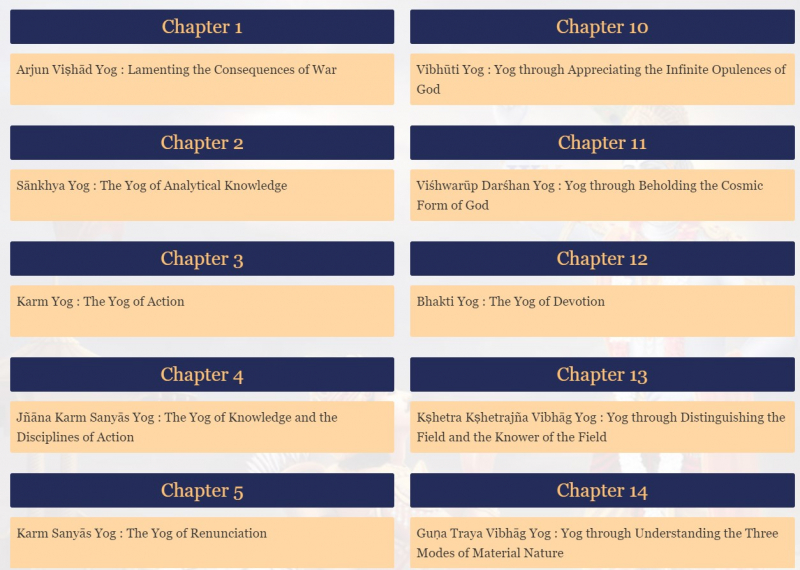
Screenshot of https://www.holy-bhagavad-gita.org/index -
The Puranas are a collection of ancient texts in Hinduism that encompass a vast array of stories, legends, myths, histories, and teachings. They're among the most diverse and popular scriptures in Hinduism, known for their complete coverage of various aspects of life, spirituality, and the universe.
Comprising 18 major Puranas, these texts are categorized into three groups: Sattva (goodness), Rajas (passion), and Tamas (darkness), reflecting different qualities and themes within each Purana. Each Purana is associated with a particular deity, such as Vishnu, Shiva, or Devi, and is often named after them, like Vishnu Purana, Shiva Purana, Devi Bhagavata Purana, etc.
The Puranas cover a variety of subjects, such as cosmology, genealogies of gods and sages, legends of heroes, descriptions of rituals, and guidance on ethical and moral conduct. They often elucidate complex philosophical concepts through engaging narratives and anecdotes, making them accessible to a wide audience. These stories have shaped the Hindu worldview and continue to inspire and uplift countless individuals.
Apart from their mythological narratives, the Puranas offer guidance on religious practices, rituals, and the significance of pilgrimage sites. They are often recited during religious ceremonies and festivals, imparting moral lessons and spiritual insights to the listeners. They are a source of inspiration for art, literature, and rituals, influencing the development of temple architecture and sculpture.
In essence, the Puranas are like a captivating saga, telling tales of gods and goddesses, ancient sages, and legendary events. They play a vital role in preserving and transmitting Hindu traditions, culture, and spirituality. And, absolutely, it is an important source of inspiration and guidance for Hindus today.
Link to buy: https://www.amazon.com/Puranas-Bhagavata-Brahmanda-Brahmavaivarta-Markandeya-ebook/dp/B089G89Y48
Link to read: https://archive.org/details/all18majorpuranas/mode/2up
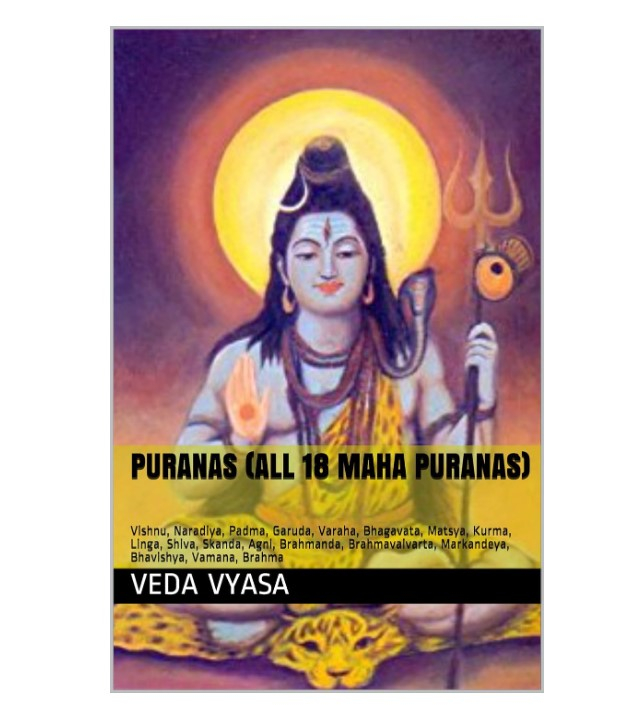
Screenshot of https://www.amazon.com/ 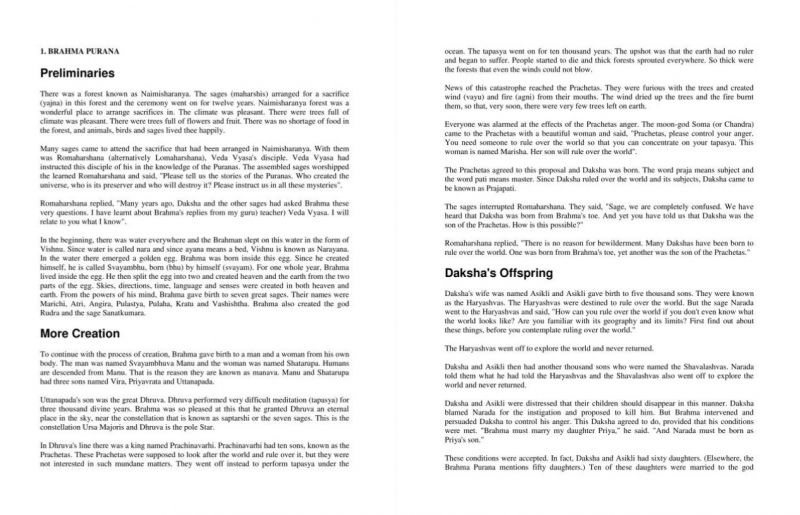
Screenshot of https://archive.org/details/all18majorpuranas/mode/2up -
The Mahabharata, a colossal epic of ancient India, is known as one of the longest and most sacred texts of Hinduism. Comprising around 100,000 verses, this epic is undoubtedly a monumental literary and philosophical work. It is a guiding beacon, offering lessons on life, duty, and the eternal struggle between good and evil.
At its core, the Mahabharata narrates the conflict between two groups of cousins, the Pandavas and the Kauravas, over the throne of Hastinapura. Fueled by ambition, jealousy, and familial discord, the epic talks about complex relationships, moral dilemmas, and the clash between righteousness (dharma) and greed.
The Mahabharata isn't just about the war; it's a treasure trove of tales about bravery, devotion, love, and betrayal. It introduces larger-than-life characters like Arjuna, Yudhishthira, Draupadi, and the enigmatic Lord Krishna, each embodying distinct virtues and flaws. It explores topics of loyalty, sacrifice, justice, and the consequences of actions, emphasizing the importance of integrity even in the face of adversity.
The Mahabharata is not confined to a particular religious or cultural context; its influence extends far beyond the borders of Hinduism. Its stories have inspired countless adaptations, art forms, and moral discourses, making it a timeless epic that resonates across diverse cultures.
Link to buy: https://www.amazon.com/Mahabharata-Penguin-Classics/dp/0140446818
Link to read: https://sacred-texts.com/hin/maha/index.htm
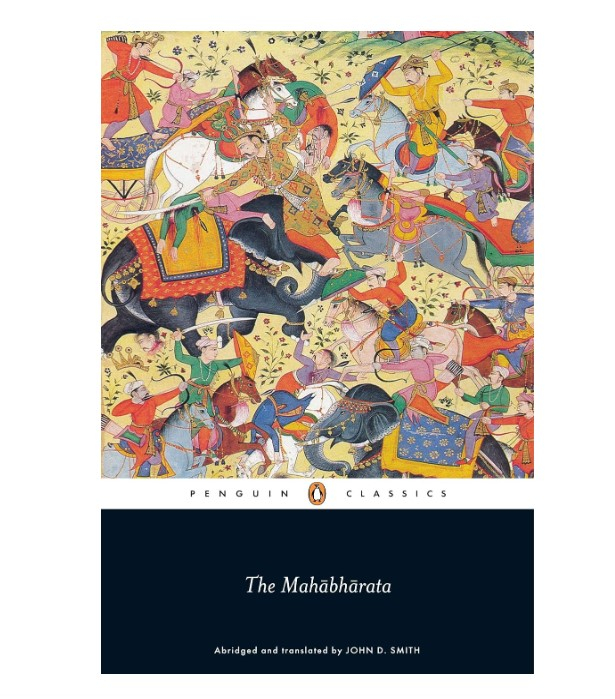
Screenshot of https://www.amazon.com/ 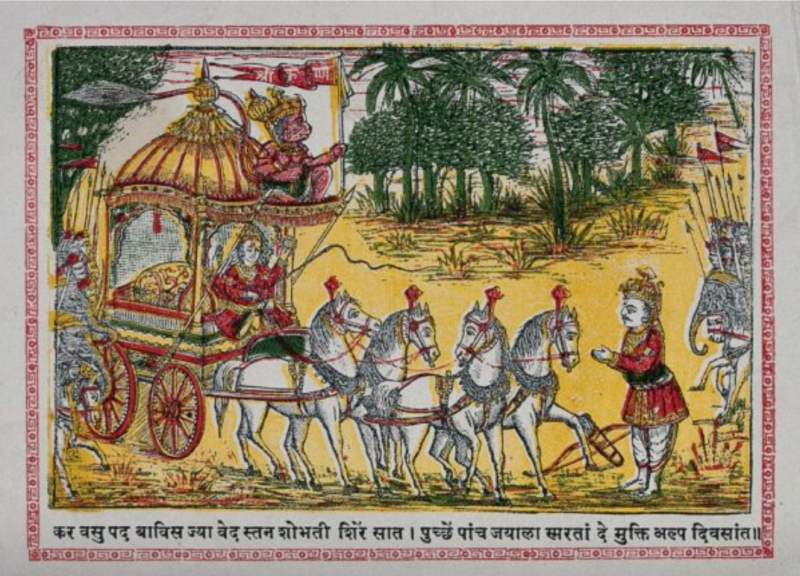
Screenshot of https://sacred-texts.com/hin/maha/index.htm -
The Ramayana, a beloved and ancient epic of Hinduism, tells the story of Prince Rama, his wife Sita, and his loyal companion Hanuman. Composed around 2,500 years ago by the sage Valmiki, this epic poem holds a central place in Hindu literature and culture. It has been retold in various languages, adapted into plays and dance performances, and even depicted in paintings and sculptures.
The Ramayana recounts the journey of Prince Rama, the embodiment of righteousness and virtue, who is unjustly exiled from his kingdom of Ayodhya. The story takes a dramatic turn when Sita is abducted by the demon king Ravana, leading Rama to embark on a dangerous quest to rescue her.
The epic is a testament to the enduring power of love, loyalty, and the triumph of good over evil. Rama's adherence to dharma (duty) and his commitment to truth and righteousness serve as guiding principles throughout the narrative. Sita, his devoted wife, exemplifies pure heart and resilience in the toughest times. And Hanuman, the monkey god, symbolizes unwavering loyalty and selfless service.
The teachings of the Ramayana extend beyond its historical and cultural context. It offers valuable insights into familial relationships, the responsibilities of rulers, and the eternal struggle between right and wrong. Its impact resonates through the ages and continues to inspire and guide people on their spiritual and ethical journeys.
Link to buy: https://www.amazon.com/R%C4%81m%C4%81ya%E1%B9%87a-V%C4%81lm%C4%ABki-Translation-Princeton-Translations/dp/0691206864
Link to read: https://sacred-texts.com/hin/rama/index.htm
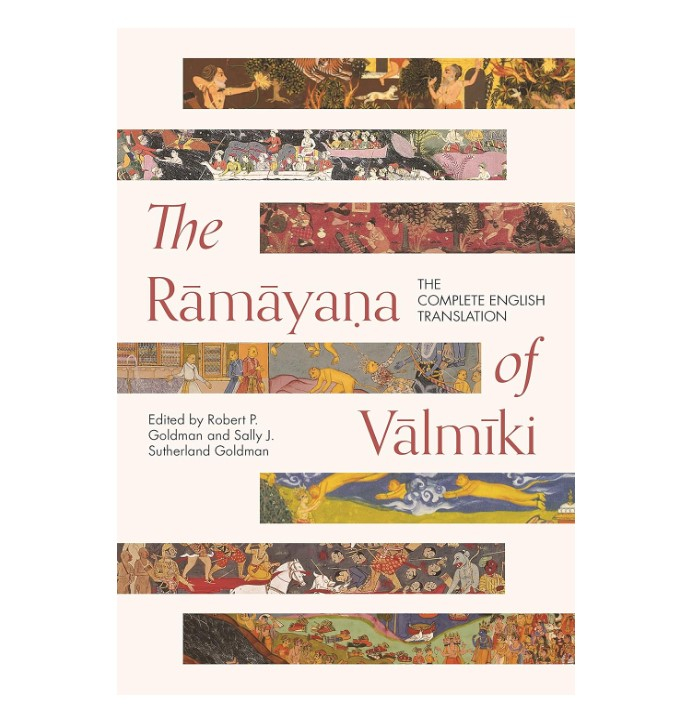
Screenshot of https://www.amazon.com/ 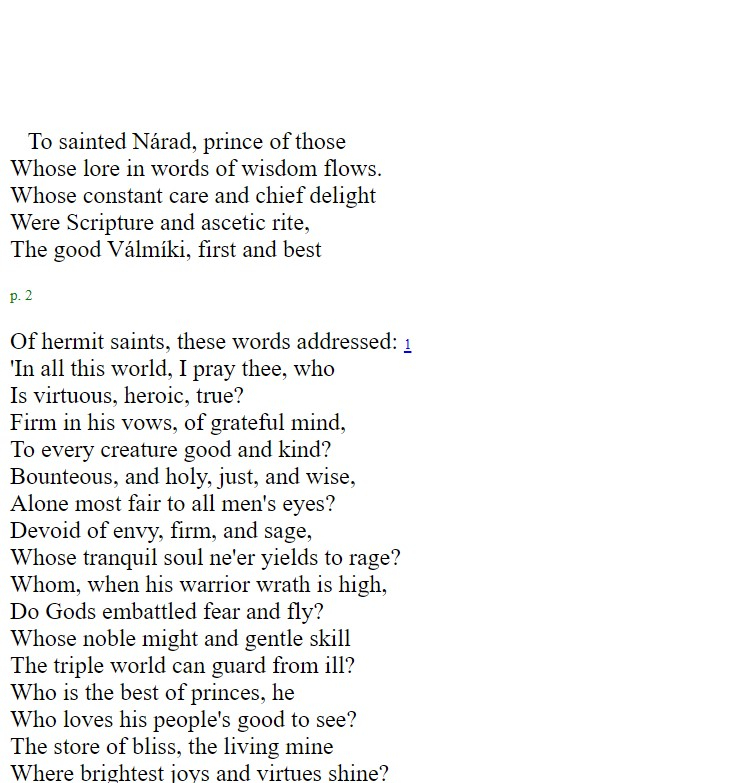
Screenshot of https://sacred-texts.com/hin/rama/index.htm -
The Yoga Sutras of Patanjali are a foundational text in the philosophy and practice of yoga, presenting a systematic guide to spiritual development and self-realization. Compiled around 2,000 years ago by the sage Patanjali, this text consists of 196 concise aphorisms, or sutras, that outline the principles and techniques of classical yoga.
Patanjali's Yoga Sutras introduce the Eight Limbs of Yoga, known as Ashtanga Yoga, which serve as a practical guide for spiritual growth and self-realization. These limbs include Yamas (ethical principles), Niyamas (personal observances), Asanas (physical postures), Pranayama (breath control), Pratyahara (withdrawal of the senses), Dharana (concentration), Dhyana (meditation), and Samadhi (state of profound meditation or absorption).
The sutras explore the nature of the mind and how it can be harnessed to attain higher states of consciousness. They stress the importance of discipline, self-awareness, and cultivating a balanced and harmonious life. Patanjali also discusses the obstacles (kleshas) that hinder spiritual progress and offers methods to overcome them.
The Yoga Sutras of Patanjali are not limited by time or culture, and their teachings remain relevant and applicable in the contemporary world. They form the basis of various schools and styles of yoga practiced worldwide, guiding individuals on the path to mental clarity, emotional balance, and spiritual awakening.
Link to buy: https://www.amazon.com/Yoga-Sutras-Patanjali-Swami-Satchidananda/dp/1938477073
Link to read: https://sacred-texts.com/hin/yogasutr.htm
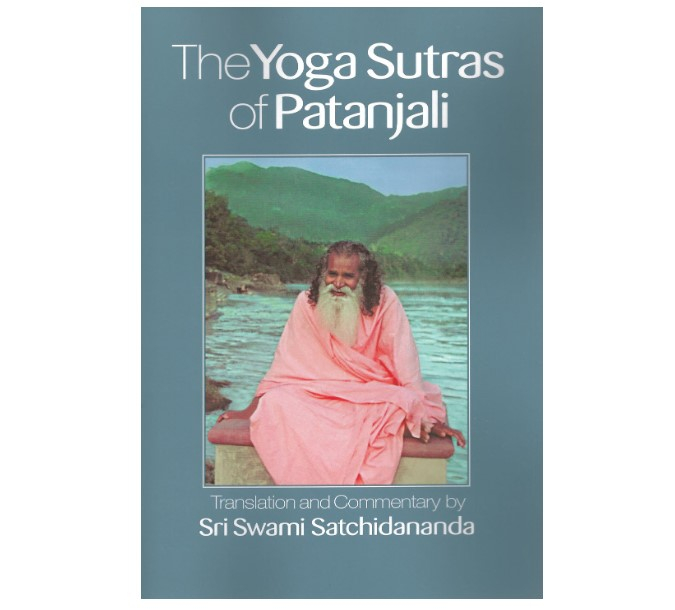
Screenshot of https://www.amazon.com/ 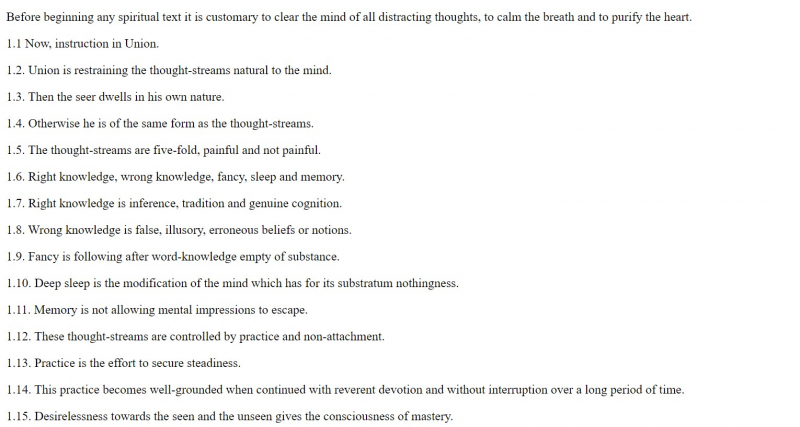
Screenshot of https://sacred-texts.com/hin/yogasutr.htm -
The Dharmaśāstras, a crucial part of Hindu literature, are texts that lay down guidelines for ethical and righteous living. Derived from the Sanskrit words "dharma" (duty/righteousness) and "shastra" (scripture), these texts provide a framework for personal conduct, social norms, and legal principles.
The most renowned among these texts is the Manusmriti, attributed to the legendary sage Manu. The Manusmriti, written in verse form, details the duties and responsibilities of individuals based on their varna (class) and ashrama (stage of life). It discusses social hierarchy, family duties, moral codes, and principles of governance.
These texts talk a lot about something called "dharma," which is like a big umbrella term covering duties, responsibilities, and what's considered right or wrong. They focus on the idea that everyone has certain duties and responsibilities, and by following these, society can be fair and just.
While the Dharmaśāstras are really old and were written in a time when society was very different, they still give us a peek into how people back then thought about fairness, ethics, and behaving well towards each other. Today, while not everyone follows these guidelines strictly, they continue to serve as historical and cultural artifacts that offer insights into the moral and ethical framework of ancient India.
Link to buy: https://www.amazon.com/Dharmasutras-Ancient-Oxford-Worlds-Classics-ebook/dp/B0063D7P06/
Link to read: https://www.hinduwebsite.com/sacredscripts/hinduism/dharma/dharma_index.asp
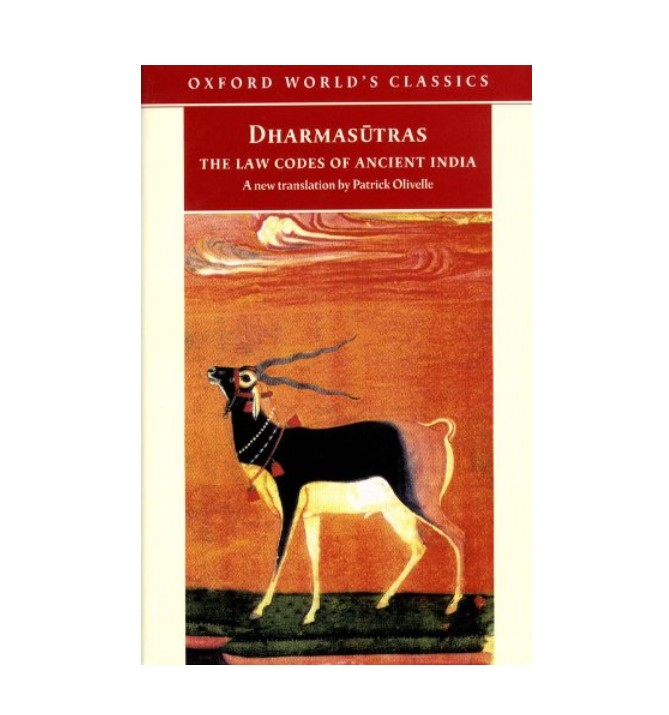
Screenshot of https://www.amazon.com/ 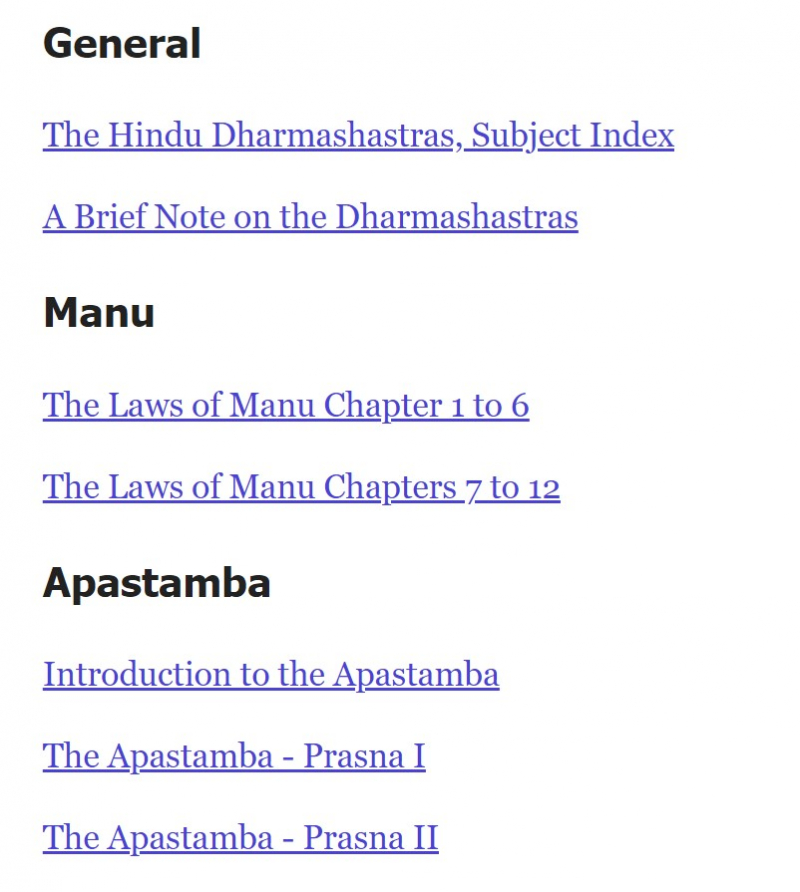
Screenshot of https://www.hinduwebsite.com/sacredscripts/hinduism/dharma/dharma_index.asp -
The Bhagavata Purana (Srimad Bhagavatam) is one of the most sacred texts of Hinduism, filled with amazing stories about gods, heroes, and the universe. It consists of twelve sections, or cantos, each addressing different aspects of Hindu mythology, spirituality, and the nature of reality.
This text is all about the different forms and adventures of Lord Vishnu, one of the main gods in Hinduism. It tells tales of his avatars (incarnations) like Lord Krishna, who's known for his playful nature and wisdom, and Lord Rama, who's known for his bravery and goodness. An interesting part of this book is the story of Krishna's childhood and his playful antics, like stealing butter and playing pranks on his friends. These stories are not just entertaining but also carry deep spiritual lessons about love and faith.
But it's not just about the adventures of gods; the Bhagavata Purana also talks about how the world was created, the different realms of existence, and how everything in the universe is connected. It covers a wide range of topics, from stories of devotees and saints to teachings about love, devotion, and how to lead a good life.
The Bhagavata Purana is special because it highlights the path of devotion (bhakti) as a way to connect with the divine. It teaches that through love and devotion to God, one can find peace and fulfillment in life. Even though it's ancient, the lessons and values it shares about love, devotion, and the triumph of good over bad have resonated with people across generations and cultures. And it is truly an important part of Hindu spiritual heritage.
Link to buy: https://www.amazon.com/Srimad-Bhagavatam-translated-Swami-Prabhavananda/dp/8178233150/
Link to read: https://prabhupadabooks.com/pdf/SB3.1.pdf
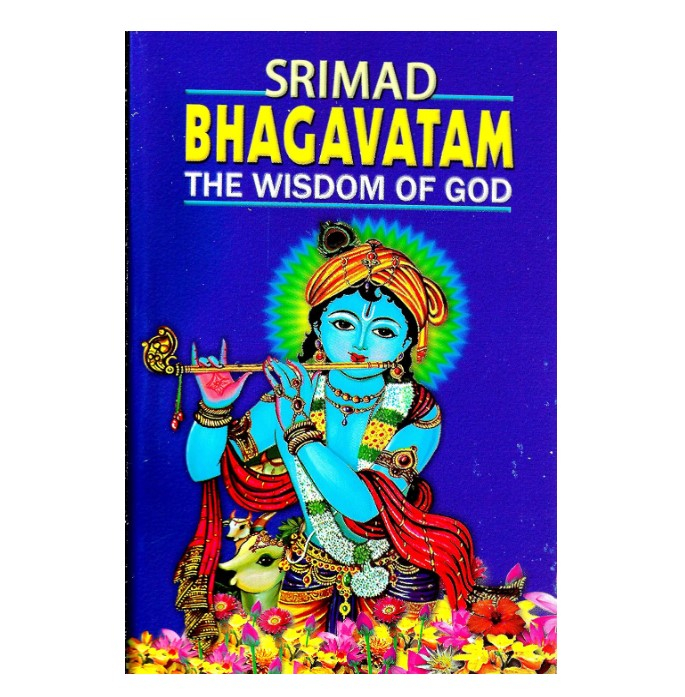
Screenshot of https://www.amazon.com/ 
Screenshot of https://prabhupadabooks.com/pdf/SB3.1.pdf -
The Aranyakas, a part of the ancient Vedic texts, are like the quieter, more reflective chapters in the grand story of Hindu scriptures. The word "Aranyaka" means "belonging to the forest," alluding to the secluded retreats where these texts were primarily studied and transmitted. In these tranquil environments, away from the distractions of everyday life, seekers of knowledge embarked on a journey of self-discovery, guided by the enigmatic teachings of the Aranyakas.
The Aranyakas are like a bridge between the ritual-heavy Vedas and the later, more philosophical Upanishads. In a way, the Aranyakas were guides for those who sought a quieter, more contemplative life, encouraging them to reflect on the deeper meanings behind the rituals they performed. The Aranyakas explore special questions about life, the universe, and the divine. They also discuss meditation practices, the symbolism behind rituals, and the deeper spiritual significance of prayers and chants.
The Aranyakas are not meant to be read as linear narratives; rather, they are a collection of fragmented texts, often presented in an aphoristic style. This unconventional structure reflects the nature of their composition, as they were compiled over an extended period and by various sages.
While the Aranyakas might seem a bit complex, these texts are like bridges between the practical rituals and the deep spiritual understanding within Hinduism. They form a vital link in the chain of ancient Hindu scriptures, guiding those who seek solitude and spiritual enlightenment.
Link to buy: https://www.amazon.com/Aranyaka-Amruta-Patil-Devdutt-Pattanaik/dp/9388754573
Link to read: https://www.hinduwebsite.com/sacredscripts/hinduism/upanishads/aitareya.asp
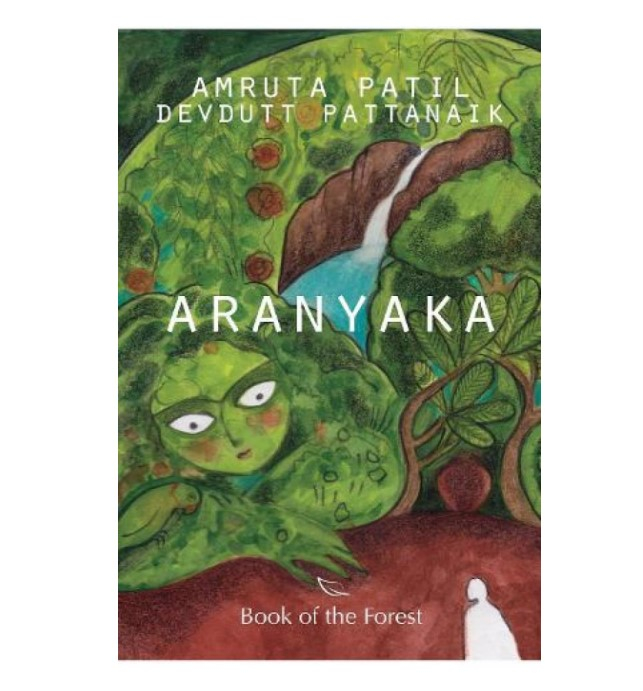
Screenshot of https://www.amazon.com/ 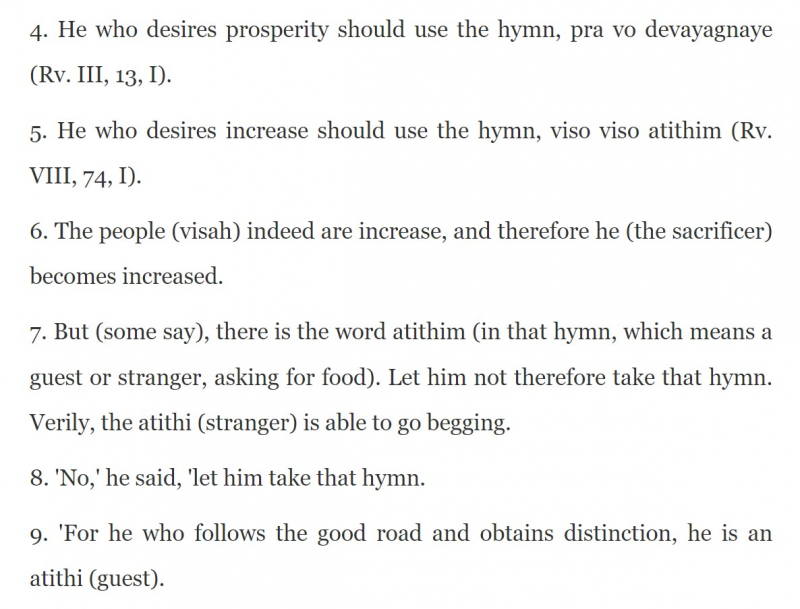
Screenshot of https://www.hinduwebsite.com/sacredscripts/hinduism/upanishads/aitareya.asp












